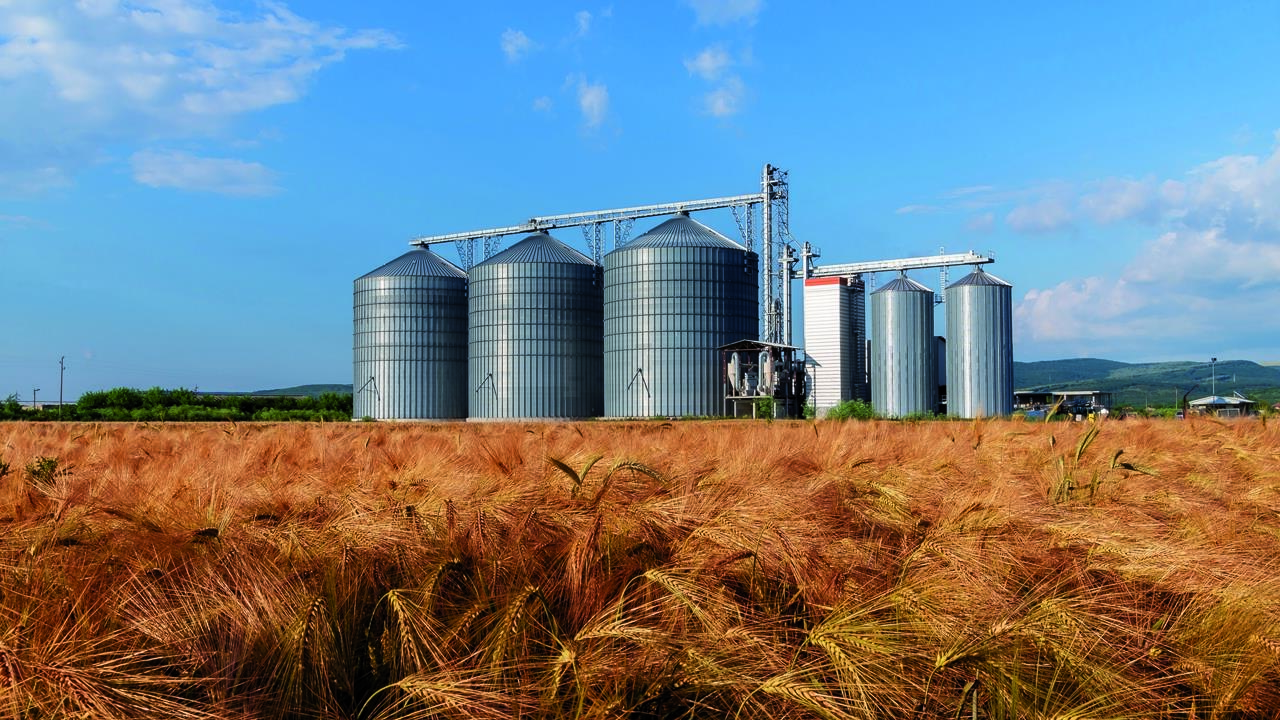


Isaac Occhipinti, Head of External Affairs at the Hot Water Association, examines the importance of coming together as an industry to break the practice of working in ‘silos’.
Have you heard the phrase ‘working in silos’? It has become one of the most commonly heard phrases in the workplace, but what does it mean, and does it matter?
It represents people, teams, or companies who are working towards the same objective, more often than not in close vicinity or at least the same industry, but not sharing information – people not talking to other people. This leads to wasted time and cost, not to mention missed opportunities and, most likely, a less effective end result.
I don’t think anyone sets out to work in a silo, but we are all guilty. Using feedback from engineers, the Hot Water Association (HWA) has, over the last few years, made sharing information across the industry a key objective. After all, a heating system can’t heat a home without all of the different component parts, and the same principle applies to the heating and hot water industry.
Getting the message across
Breaking down those ‘silos’ across the industry, from trade association and manufacturer to installer, will enable us to communicate a much clearer and focused message for homeowners to digest.
The HWA is trying to break the silos of manufacturers and installers by constantly striving to provide advice and information so that tradespeople have the tools they need to communicate this message to their customers, while not adding to the already demanding workload and expectations.
When this information is then shared with the homeowner, it goes some way to breaking the silos of engineers and homeowners.
For example, much focus has been given to how homeowners can be ‘encouraged’ to become more energy efficient, and many homeowners are currently investing in home improvements.
The enthusiasm is there, but how can we extend that to energy efficiency? One of the major barriers, as I see it, is information or a lack of it. If homeowners were better informed, then their choices could be different.
On the whole, home improvements are driven by a need or desire for improved comfort, aesthetics, or even a slice of the Airbnb pie. Shouldn’t we be using these opportunities to educate homeowners on improvements which could be made at the same time as their planned project?
Imagine that you are going ahead with a £10,000 bathroom refurbishment and the tradesperson says: “By the way, while we do your bathroom, have you considered replacing your hot water system to provide hot water from multiple outlets simultaneously, while improving the energy efficiency of your home? This will go on to your energy bill and you can pay it back over time.”
If people are already planning on making some home improvements to increase their comfort, and if we can help them achieve greater comfort and energy efficiency improvements at the same time, then I think they will opt to do so.
Be more social
Social media also provides a platform to help break down industry silos, allowing people to connect, discuss, and come up with some great ideas.
It’s also enabling communication of important industry developments and activity to those who need to know. Social media provides an important platform for the HWA to share its message with the industry and homeowners alike.
So, we know information sharing is necessary, we know change happens, we know that we all need to keep up to date and get involved, and we also know that there are more tools available today that help break these silos.
We hope that HWA resources, such as our website, engineer guides, and YouTube videos, are of use to you as you go about your daily jobs. If there is a resource you feel is missing, we welcome ideas and feedback.
If you'd like to keep up-to-date with the latest developments in the heating and plumbing industry, why not subscribe to our weekly newsletters? Just click the button below and you can ensure all the latest industry news and new product information lands in your inbox every week.